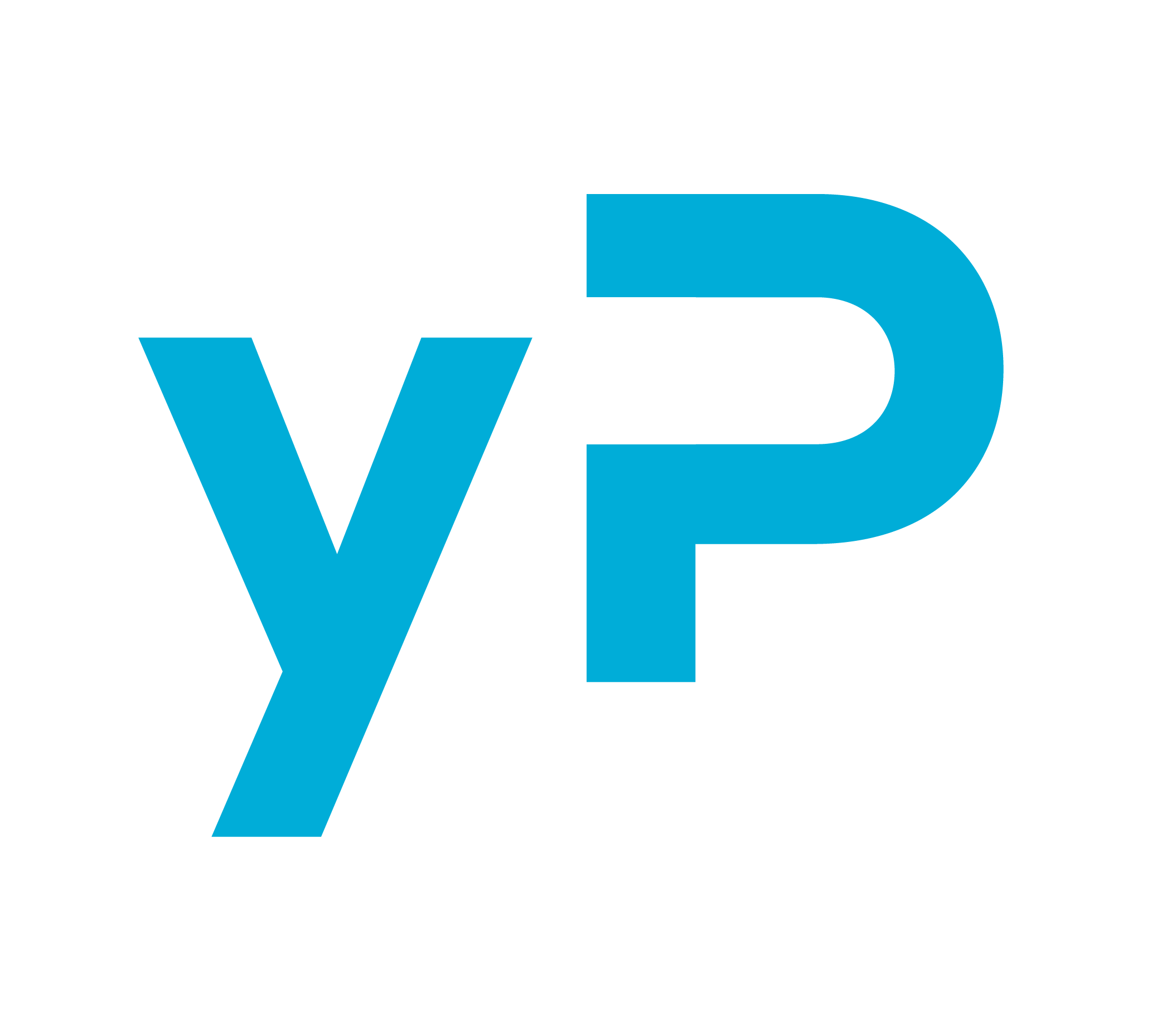Optimizing rates and availability – the strategy for 2019/20

Already today, distribution strategies based on maximizing the number of sales channels require additional effort and specialized tools. In the times of extremely competitive market environment, increasingly digitalised reality, growing role of OTAs and decreasing number of direct reservations, searching for new ways to support your business becomes an imperative. How to effectively manage rate and availability optimizing in sales channels? Why in 2019/20 you should choose rate and availability optimizing strategy instead of simply maximizing the number of sales channels? How to automate the process?
Effective revenue management is a buzzword, a hot topic in the industry and a subject of interest of every hotel manager. Only a few years ago, in a simpler reality, it was enough to update your rates every once in a while to, more or less effectively, influence your potential guests’ choices. Everything changed when OTAs come came into play as they allowed for quick and incredibly effective comparison of a number of competing hotel offers. On one hand, growing revenue from internet sales was a new advantage for hoteliers as it translated into substantial increase in interest in their offer and, subsequently, increase in booking numbers. On the other, however, it posed a challenge both in economic and organizational sense.
Digital revolution led to an enormous increase in the significance of internet sales channels for hospitality industry and triggered the need to restructure existing distribution strategies and invest into modern system infrastructure to implement new strategies. Integration with leading OTAs was therefore the first step in the process. It soon brought about a constantly growing share of online bookings and, at the same time, growing client acquisition cost. Soon other, less mainstream OTAs followed, providing the access to completely new while well-profiled client groups. As the number of online distribution channels grew, modifying current offers of individual OTAs and updating room availability information became a challenge. Yet, solutions that facilitated the implementation of distribution strategies and automated the process came to help. Channel manager is one of these solutions.
Maximizing vs. optimizing the number of distribution channels
As soon as a tool providing support on a number of levels was introduced in the hospitality industry, hotel managers would shift their focus to expanding the catalogue of online services they cooperated with by new OTAs to fight their way in increasingly competitive market. Only a few years ago, this approach translated into profit, today turning to this scenario is much less probable to lead to success. This state of affairs was brought about by the progressing concentration on the OTAs market and appearance of Airbnb services that permanently changed the hospitality industry landscape all over the globe. The role of the so called “sharing economy” is growing, proof of which is the fact that even leading OTAs expanded their offer by private apartments. Booking.com included 1,744,000 facilities (as of December 2018) alternative to hotels and guest houses into its offers to effectively compete with Airbnb. The number of traditional accommodation facilities available in the giant’s catalogue towards the end of the last year was as low as 436,000. Developments on the market and an increasingly challenging situation for hotel facilities are well illustrated by the dynamics in the increase of the number of facilities in particular categories. Taking the example of Boooking.com, the increase equals 47% for alternative facilities and only 10% for hotels. But to think that hotels are a lost cause is false. Hoteliers are well aware of the competition staged by the alternative facilities. While the legal regulations for the alternative accommodation used to be much milder than in the case of traditional hotels, this situation has been slowly changing and the sharing economy is subjected to increasingly restrictive rules. Moreover, revenue management in such facilities is much more difficult. Hotels normally have better analytics tools at their disposal and make substantial investments into business management tools.
Taken into consideration developments on the market, as well as the growing dominance of a few leading OTAs already today we should concentrate on designing a new, individualised approach to offer management in every channel. Skilful rate and availability optimization in key OTAs supported by advanced analytics can prove to be the key to success and an alternative for endlessly adding new sales channels or developing own booking engine on the hotel website, as it may turn out to be costly and not always as effective as external channels. According to statistics, popularity of the leading OTAs is so huge that it currently often substitutes hotel brands. This concentration on the OTAs market is illustrated by AHLA report (American Hotel and Lodging Association) – “Impact of OTA Bias and Consolidation on Consumers” of 2017, according to which Expedia and Priceline own as much as 95% of shares in the OTA market. On top of that, the giants built a very strong bond with the travellers which makes the competition, particularly for smaller facilities, truly arduous.
As confirmed by studies and market reports, this dominance is only going to strengthen. Online Travel Market Report prepared by Allied Market Research analysts in 2015 forecast growth dynamics of 11.1% annually and reaching the value of USD 1,091 billion in 2022. Last year’s report by Zion Market Research “Online Travel Booking Market” estimated the value of the market in 2017 at 765 billion and forecast its growth to 1,955 billion in 2026, which indicates towards the compound annual growth rate at 12.1%. We can therefore assume that OTAs strengthen their position and both bigger budget and wit will be necessary to acquire direct reservations via internet websites.
Channel Manager and RMS as competitive advantage factor
If we take a closer look at hotels’ current distribution strategies, as well steps they take in the context of sales, it will be easy to observe their interest in rates differentiation and increasingly more common tendency to adopt strategies customized to particular channels. Yet, it comes as a surprise that it is still most often hotel chains that reach out for and implement modern systems supporting revenue optimization (RMS). Vast majority of hotels still relies on alternative solutions, including hugely popular spreadsheets. While they allow the most vital calculations, it is not possible to quickly transfer and implement the rate policies for particular channels calculated with the use of spreadsheets into cooperating OTA platforms. This is only one of many reasons to create an adequate system infrastructure already today and move hotel revenue management to a whole new level.
Where to start? Indisputably, examining the option to connect Property Management System to the Channel Manager and Revenue Management System is the best starting point. How can they help to implement effective distribution strategy and on-going hotel revenue optimization?
Channel Manager by YieldPlanet offers advanced rate and availability management features, thereby allowing you to create independent strategies for particular sales channels (OTAs). This way it effectively promotes those platforms that generate the most profit – that is, high revenue, but not a high occupancy rate. Advanced analytics facilitates quick understanding, how particular OTAs are different – some excel at providing bookings well in advance, other are “specialised” in last-minute bookings. Once you have this kind of information, you can promote accommodation options that can be most profitable for the hotel at a given moment in time. It wouldn’t be possible without individualised rate plans and availability management on the level of each individual channel. Another advantage of YieldPlanet’s Channel Manager is the broad range of possibilities to define rules governing rates and availability differentiation (so called ‘revenue rules’) as well as non-conflicting data transferred from PMSs and individually prepared rate lists and varied availability for individual channels.
Price Optimizer, in turn, offers a completely new approach to revenue maximization. Price Optimizer by YieldPlanet was created to automate any selected distribution strategy through a dynamic and maximally automated room pricing mechanisms. This tool can not only subject back data for analysis, forecast future occupancy and revenue, but it also offers extended analytics features which, if used by an experienced hotel manager, can translate into considerable business benefits. The greatest advantage of Price Optimizer is its undisputable flexibility thanks to which every facility can adjust PO to its specific needs. Price Optimizer allows you to freely define rules limiting rooms availability, close rate plans and modify restrictions depending on any selected combination of seasons, channels, rate plans, days of the week or room types. All this in near-real time based on the most recent available data.
You might also be interested in reading:
How does overbooking influence hotel revenue?
How to increase revenue from apartment rental
How to maximize your peak season earnings
